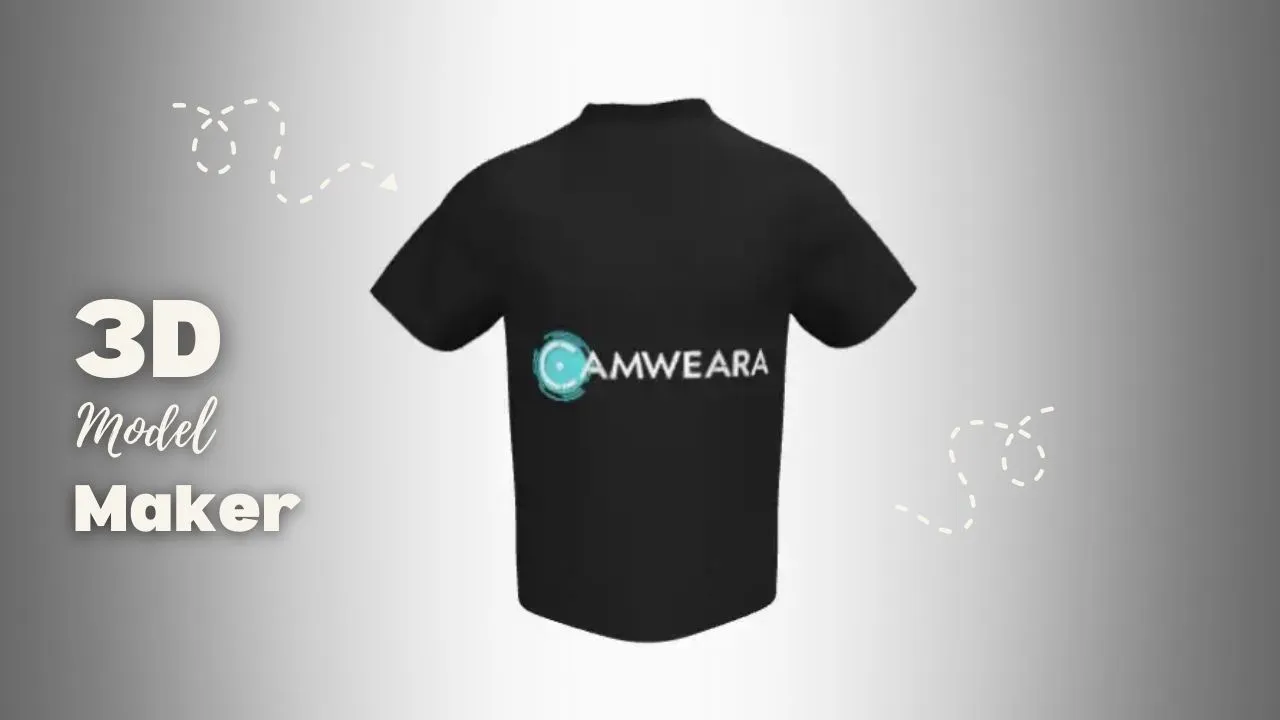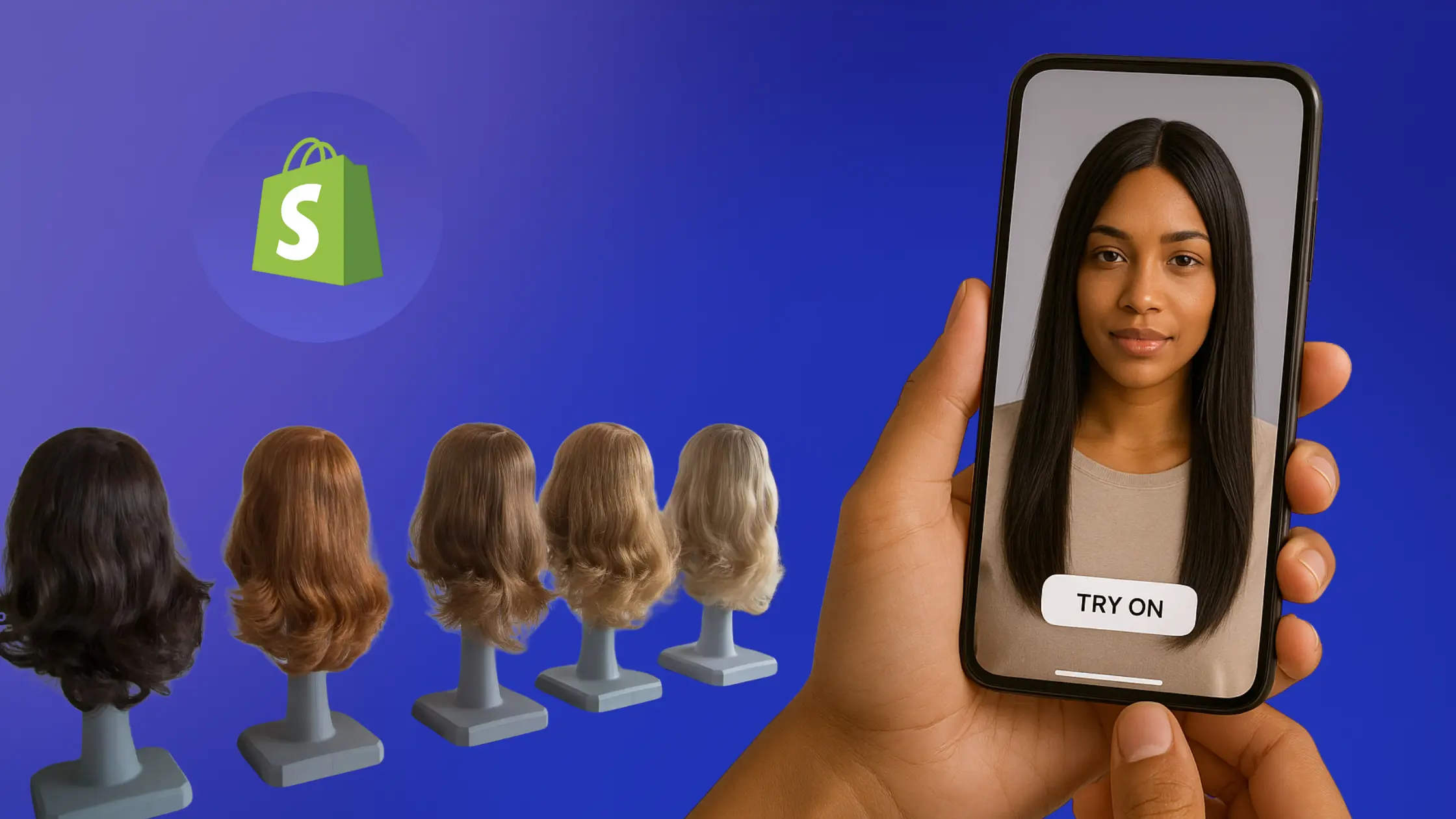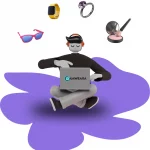01 Feb
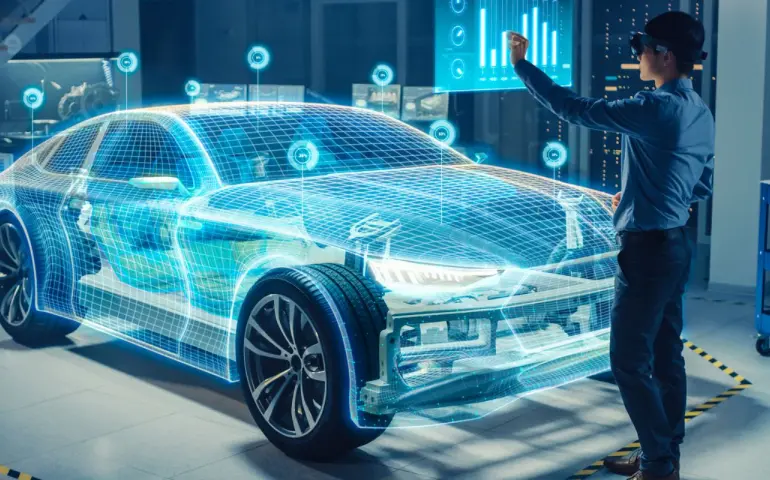
The automotive industry can greatly benefit from the use of Augmented Reality (AR) in numerous ways. This ever-evolving world presents us with 5 ways AR can help the industry. Let’s take a brief look at these ways and understand their significance.
1. E-commerce :
There are sometimes where people don’t have time to go and visit the showroom and for that now we can enable consumers to try out things before they buy them. We already know that most customers who visit a physical location of a brand will decide to buy something. With this special augmented reality experience, customers may virtually try a product to see if it’s the right one for them. If a customer can use all of the product’s features, view it in lifesize 3D, and gain a better understanding of it, they are more likely to be satisfied with their purchase.
2. Product Marketing :
Augmented reality (AR) technology can revolutionise the way the automotive industry markets its products. AR enables car manufacturers to provide an immersive, interactive experience for customers by overlaying digital information on top of the real-world environment. This technology can be leveraged to showcase car features and design, allowing potential customers to see the car from different angles, and even test drive virtual versions. AR can also assist in customising cars, helping customers to visualise how different colour options, interior designs, and upgrades would look on their vehicle. By utilising AR, the automotive industry can offer customers a more engaging and personalised shopping experience, leading to increased sales and customer satisfaction.
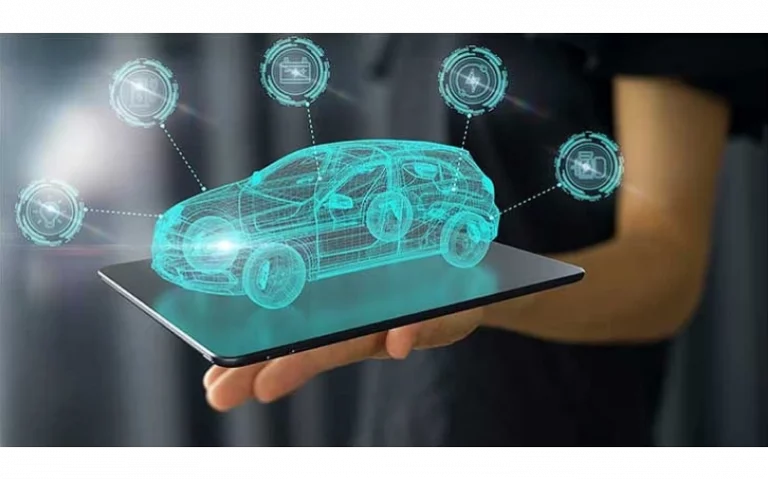
3. Standardising Instructions :
Augmented Reality (AR) can assist in standardising instructions for manual processes in the automotive industry by providing real-time, interactive visual aids that overlay information on the physical environment. This can improve accuracy and efficiency, reducing the risk of errors and increasing productivity. By using AR, workers can access step-by-step instructions, technical diagrams, and other relevant information directly in front of them, allowing them to follow instructions more easily and effectively.
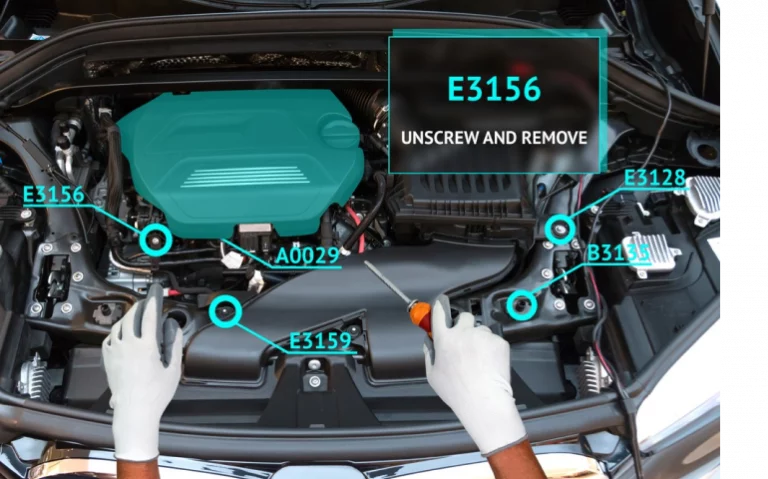
4. Staff personnel training :
Augmented Reality (AR) can greatly benefit staff training in the automotive industry by providing immersive and interactive learning experiences and training on new procedures, reducing the need for traditional training methods. By using AR, workers can access visual aids and information directly in front of them, helping them to better understand procedures, processes, and products. For example, AR can be used to demonstrate how to perform a task, highlight specific parts of a vehicle, or provide interactive simulations of complex systems. This can result in faster and more effective training. Additionally, AR can be used for ongoing training and support, allowing workers to access information and guidance when needed. This can improve the quality of training, increase knowledge retention, and lead to increased performance.
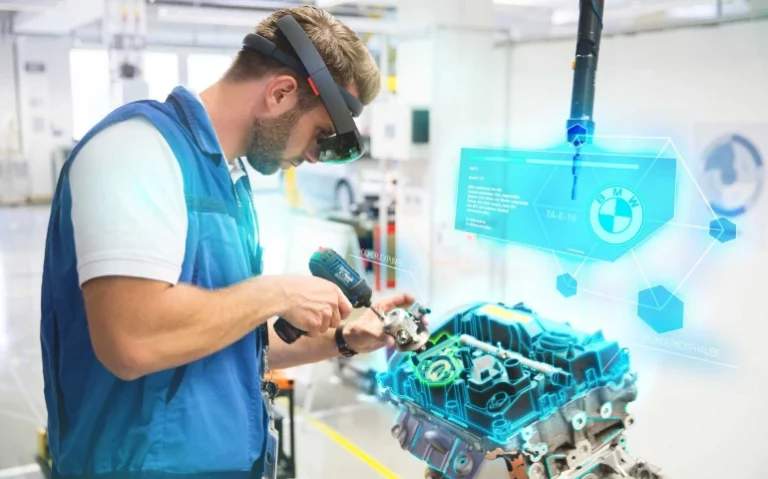
5. Product Development :
Augmented Reality (AR) can play a significant role in product development in the automotive industry by providing a visual and interactive platform for prototyping, testing, and design evaluation. By using AR, designers and engineers can simulate and test the functionality and ergonomics of a product before it is physically manufactured. This can greatly reduce the cost and time associated with traditional prototyping methods, such as building physical mock-ups. AR can also be used to showcase a product to stakeholders, such as customers and investors, allowing them to experience the product in a virtual environment. Additionally, AR can be used for virtual collaboration, allowing teams to work together on product development from different locations. This can result in more efficient and effective product development, leading to improved product quality.
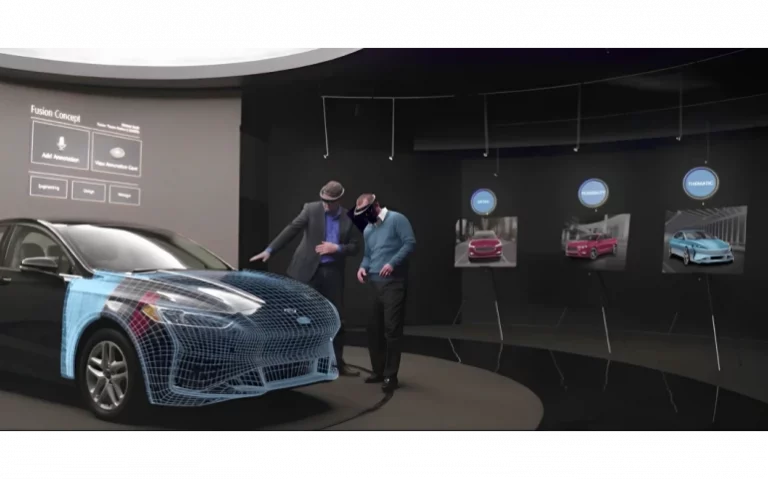
Would this be a desirable feature for your e-commerce website? Schedule a free 15-minute demo by clicking here. Additionally, take a moment to watch the demo video.
Recent Posts
- Why Eyewear Brands Choose Camweara Over Traditional Virtual Try-On Tools
- Q3 Innovations at Camweara: Pushing the Boundaries of Virtual Try-On
- Instant Background Removal: A Game-Changer on the Camweara Dashboard
- How to Choose the Best Virtual Try-On for Your E-Commerce Store
- Unveiling the Top 5 Innovations at Camweara in Q2 2025
